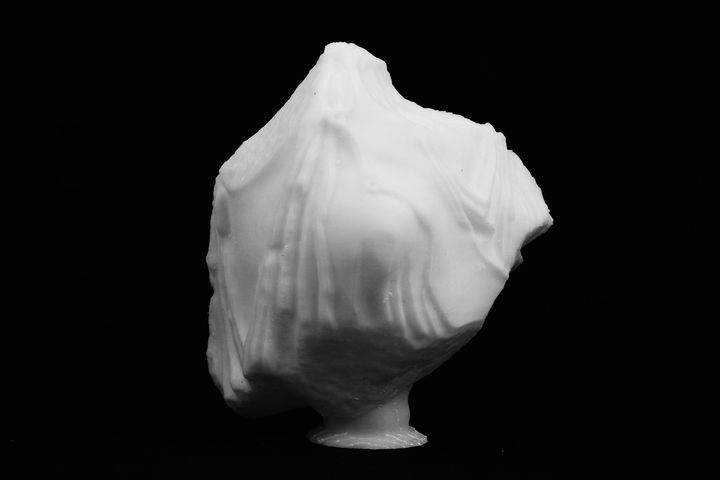
Reklama
3D tiskárny



AONN.cz
Sp┼Ö├ítelen├ę Weby
|
3D modely ARTAthena - Elgin Marble at The British Museum, London

The Parthenon, built between 447 and 438 B.C., was dedicated to the city's patron goddess, Athena. Athena's birth made her the virgin warrior goddess. She was conceived after her father Zeus shared a bed with Metis. Zeus then became frightened that Metis would overpower him, so he swallowed her whole. In due time, Athena sprang from the head of her father when Hephaestus split open Zeus' head with an axe The Parthenon Marbles, also known as the Elgin Marbles are a collection of classical Greek marble sculptures (mostly by Phidias and his assistants), inscriptions and architectural members that originally were part of the Parthenonand other buildings on the Acropolis of Athens. Thomas Bruce, the 7th Earl of Elgin claimed to obtain in 1811 a controversial permit 'not to remove statues but what he might discover in specific excavation' from the Ottoman house, which then ruled Greece. From 1801 to 1812, Elgin's agents removed about half of the surviving sculptures of the Parthenon, as well as architectural members and sculpture from the Propylaea and Erechtheum. The Marbles were transported by sea to Britain. In Britain, the acquisition of the collection was supported by some, while others likened Elgin's actions to vandalism or looting. Following a public debate in Parliament and the subsequent exoneration of Elgin, the marbles were purchased by the British government in 1816 and were passed to the British Museum, where they stand now on display in the purpose-built Duveen Gallery. n├íhodn├Ż v├Żb─Ťr model┼»
|
©Ofrii 2012
| |||